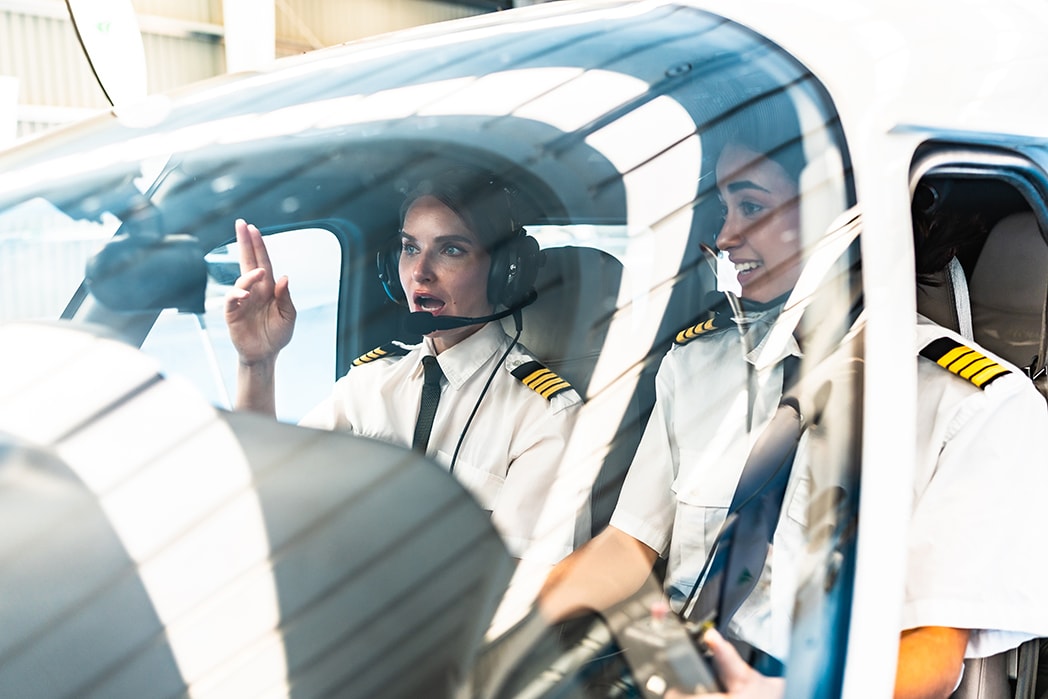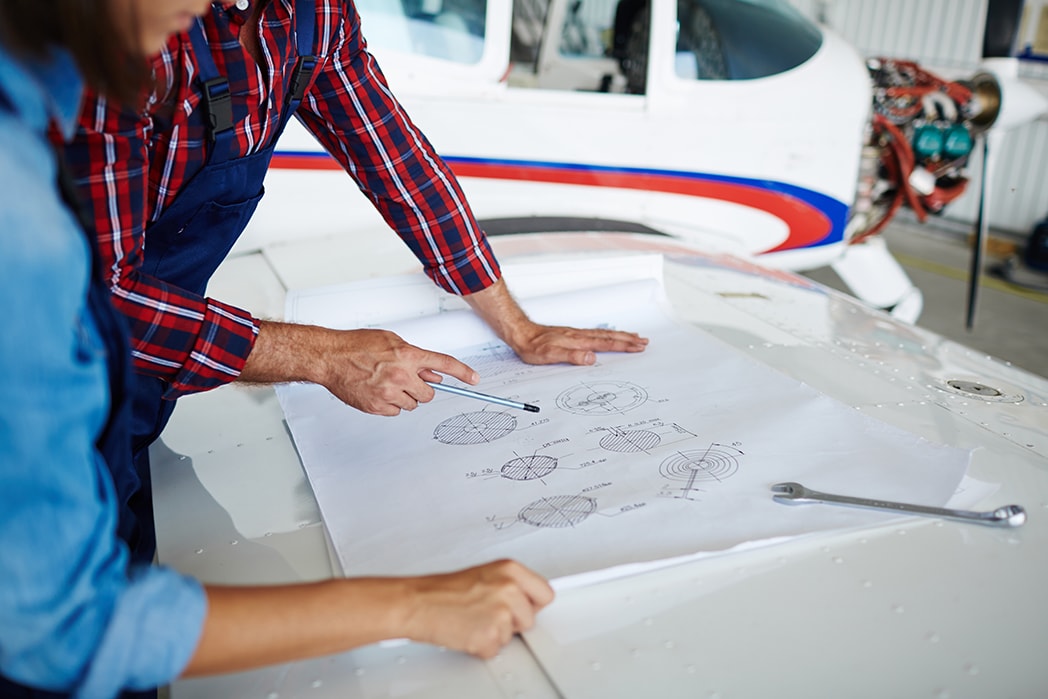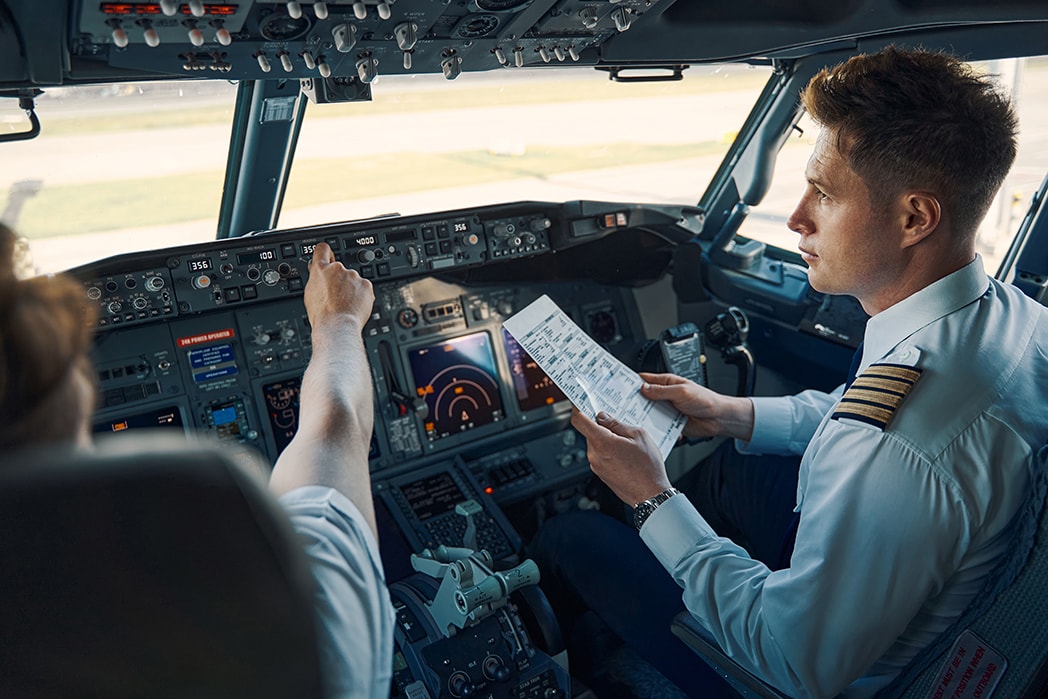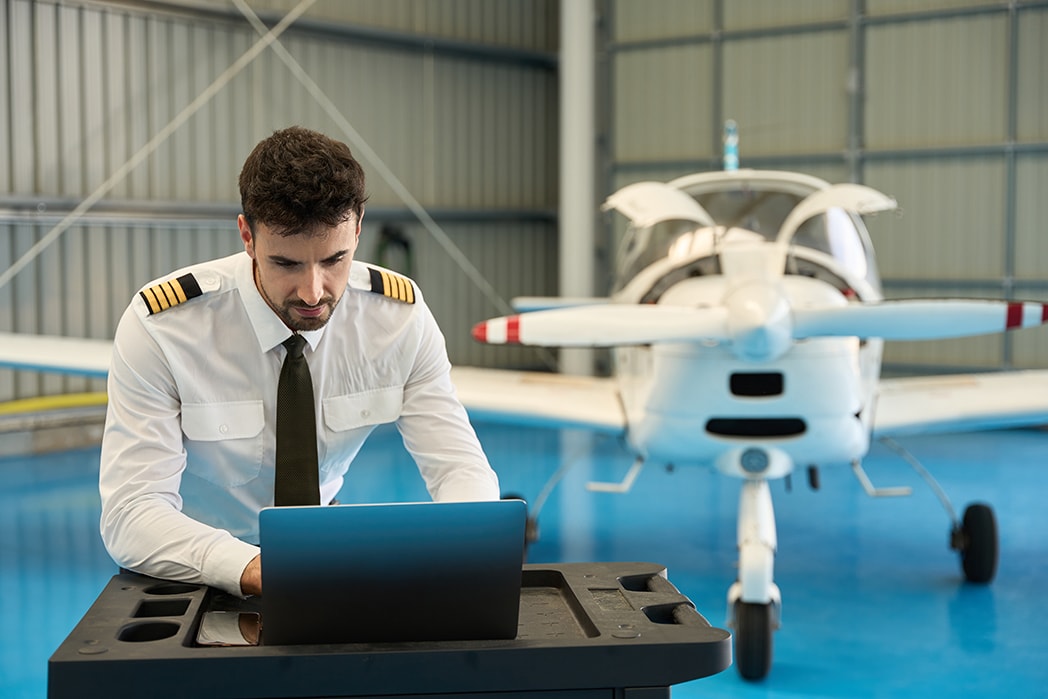Flight Training Regulations: Essential Guide for New Pilots
Aug 08, 2025
Flight training regulations are a must for pilots. These rules ensure consistency and safety in training. This article will cover FAA rules, certifications and security protocols. By the end you’ll know what you need to meet these standards.
Highlight
-
Pilots in training must know FAA rules, ground school requirements and training documentation to be compliant and safe in training.
-
Security protocols (TSA background checks and training) are required to be safe and compliant in training environments.
-
Record keeping and compliance with both FAA and TSA regulations are key for flight schools and pilots to be compliant and ready for inspections.
Understanding FAA Regulations for Flight Training
Flight training starts with understanding the Federal Aviation Administration (FAA) rules. These rules are the foundation of aviation safety and standardization, so all pilots get the same training.
The FAA rules cover a lot of ground from flight school curriculum to pilot certification processes and fall under the broader category of federal aviation regulations.
For example, there are exemptions that allow pilots and flight schools to bypass certain rules under certain circumstances especially in operations governed by part 91 where more flexibility may apply.
Knowing these exemptions and how they apply is important for both aspiring pilots and flight schools. Following the rules keeps pilots, their passengers and other airspace users safe.
Understanding these rules isn’t just about compliance; it’s about building a foundation of knowledge that will serve you for your entire aviation career. With these rules under your belt you can navigate the complexities of flight training and focus on flying.
Key FAA Regulations

The FAA’s rules, FAR Part 141, govern approved flight schools and the curriculum and procedures that training center certificated programs must follow.
This ensures the training is consistent, complete and meets the high standards for safe flying. Ground school is part of this curriculum and provides the theoretical knowledge that is required for aviation principles and procedures.
Ground school is not just a formality; it’s a big part of pilot training that builds a foundation in subjects like aerodynamics, navigation and meteorology.
This theoretical knowledge is required to understand flying and make good decisions in the cockpit, including what’s covered in ground school.
Rules also require the integration of flight simulators into the curriculum. These simulators allow pilots to practice and hone their skills in a controlled environment and are a big part of being ready for real world flying.
Flight schools must also keep specific records to comply with FAA rules, including student training records and instructor qualifications.
This paperwork is extensive and ensures all training is recorded and verifiable, so there’s a clear and auditable trail of a pilot’s training. By following these rules, flight schools and pilots contribute to the overall safety and efficiency of the industry.
Private Pilot Certificate Requirements
To get a private pilot certificate, pilots must meet several requirements. One of the main parts of this process is ground school which gives you the theoretical knowledge to pass the certification exams.
The FAA requires a minimum of 35 hours of ground school for a private pilot license, covering topics like aerodynamics and FAA regulations.
Ground school can be done through in-person classes and FAA approved home study courses, giving student pilots some flexibility especially under training programs governed by what is part 61 in aviation.
Keeping a comprehensive logbook is also a requirement for a student pilot. These logbooks document flight hours and training endorsements and are a record of the pilot’s training progress. Instructors must sign these logbooks to verify the training received to comply with FAA regulations.
The documentation process is why keeping records is so important. Each entry in the logbook is proof of the pilot’s experience and training which is needed to move on to the next step of their aviation career.
By meeting these requirements pilots can move forward to get their private pilot certificate.
Commercial Pilot Certificate Standards

Getting a commercial pilot certificate is a big deal and has big standards. One of the main requirements is 250 hours of flight time.
That’s a lot of flying to make sure commercial pilots are ready for the complexities of professional flying. Experience in complex aircraft is often a requirement too.
Advanced training for a commercial pilot includes specific maneuvers, night flying and cross country flying. These advanced skills are critical to make sure commercial pilots can fly safely and efficiently in all conditions.
Military personnel may qualify for reduced requirements or alternative paths to certification due to their intense training and experience.
Pilots can increase their employability by getting additional ratings and endorsements to add to their skill set and marketability in the industry.
Advanced training not only improves a pilot’s abilities but also opens up new career goals and opportunities.
Meeting these standards makes commercial pilots ready to take on the responsibilities and challenges of professional flying and eventually qualify for the airline transport pilot certificate, the highest level of FAA pilot certification.
Security Protocols in Flight Training

Security protocols are a big part of flight training, so all training activities have to meet strict safety standards.
The Transportation Security Administration (TSA) is in charge of overseeing these protocols and does inspections to verify compliance and enforce security training regulations.
Flight training providers who provide flight training have to follow these security requirements to ensure the safety of their operations and the overall aviation community.
By implementing these protocols, flight schools can create a secure training environment that protects both students and the public.
TSA Flight Training Security Program (FTSP)
The TSA’s Flight Training Security Program (FTSP) provides guidance for the flight training of non-U.S. citizens and nationals, so you can comply with security requirements.
If you’re a non-U.S. citizen or national, you’ll have to go through a security threat assessment before you can start training. This assessment will identify any security risks and only approved individuals can continue with their training.
U.S. citizens are exempt from the Security Threat Assessment required by the TSA’s regulations. Flight training providers can’t train candidates who are denied by the FTSP after a security threat assessment.
Before you start training, you’ll have to create an FTSP Portal account and provide required documents to verify your identity. The TSA will email and call the flight training provider with the results of your security assessment.
Understanding and navigating the FTSP requirements is key for flight schools and aspiring pilots so all training activities meet strict security standards.
Security Awareness Training
New flight training providers or employees must complete initial security awareness training within 60 days of hire.
This initial training ensures all staff are up to date with current security measures. Refresher security awareness training must be completed every 2 years to keep staff informed of security measures.
Refresher training should include recent security developments, flight school specific information and new procedures.
Flight training providers must document and retain certificates of completion for all security awareness training. Non compliance with TSA’s security training requirements can result in civil penalties or warnings for flight training providers.
Being current with security training helps flight schools have a safe and secure training center with resources.
Flight Instructor Certification

Becoming a certified flight instructor (CFI) means you can get paid to fly while gaining valuable flight time. Flight instructors are responsible for training the next generation of pilots and the certification process is tough to make sure they’re qualified for the job.
The CFI certification process involves meeting flight hour requirements, passing knowledge tests and getting endorsements. Knowing these requirements is key for aspiring flight instructors so you can navigate the certification process and start your career in aviation education.
Initial CFI Certification
To become a CFI you must have a commercial pilot certificate, 250 hours and a logbook endorsement from a certified instructor. This way we know you have the experience and knowledge to teach students safely.
CFI candidates must pass a written knowledge test that tests their understanding of aeronautical concepts related to flight instruction.
This test covers a lot of ground, aerodynamics, flight regulations and instructional techniques. Passing this test shows you have a good grasp of the theoretical knowledge required for flight instruction.
Meeting these requirements means you’re ready to teach new pilots and help keep the aviation industry safe and efficient.
Recurrent Training for CFIs
CFIs need ongoing training to stay compliant with FAA regulations and keep their flight instructor certificate. This means staying current with aviation and instructional techniques.
Accurate record keeping is key for CFIs to track their training and instructional activities as required by FAA. CFIs must keep current training records that document their flight instruction and refresher courses, including registration info, for FAA audits.
Following these best practices keeps CFIs qualified and effective as educators.
Ground School and Flight Simulator Training

Ground school and flight simulator training are part of the flight training process. Ground school teaches the theoretical knowledge and understanding of aviation rules, weather, navigation and aircraft systems that aspiring pilots need.
This theoretical foundation is key to being prepared for the complexities of flying.
Flight simulators are a big part of pilot training as they allow students to practice flying scenarios in a controlled environment without the risks of actual flying.
They make training more realistic by mimicking flight conditions and aircraft systems so pilots are prepared for real life scenarios.
Regulatory standards for flight simulator training ensure pilots get good instruction and clear guidance that can prepare them to train for real world flying conditions for example.
Combining ground school with flight simulator training gives aspiring pilots a solid foundation of knowledge and skills for actual flying.
Ground School Curriculum
The ground school curriculum is designed to prepare you for the FAA written exams and covers the key subjects for various pilot certificates. FAR Part 141 requires a structured training syllabus and oversight for flight schools to ensure effective training.
The curriculum includes:
-
Aerodynamics
-
Navigation
-
Regulations
-
Meteorology
-
Aircraft systems
This way you get all the knowledge you need to fly safe and get ready for the exams.
A structured syllabus and curriculum ensures you are well rounded for both the theoretical and practical side of flying and a solid foundation for your aviation career.
Utilizing Flight Simulators
Flight simulators are a safe way for pilots to practice responding to emergency scenarios, get hands on experience. They replicate real world flying scenarios so pilots can practice emergency procedures and cockpit management without the risks of actual flying.
Simulators add realism to training by mimicking flight conditions and aircraft systems so pilots are prepared for real life scenarios. This level of realism is key to pilots being able to handle complex maneuvers and emergency situations with confidence.
Including flight simulator training in their programs allows flight schools to train aspiring pilots with the practical experience needed for aviation transition training careers.
Record Keeping and Compliance
Keeping records is key to compliance with FAA regulations. Flight schools must keep:
-
Initial and refresher security awareness training completion certificates. CFI’s must document:
-
Student endorsements
-
Test logs
Records must be kept for at least one year after an employee leaves.
Student Records
Accurate records by flight schools is key to compliance with FAA regulations, keeping necessary and accessible records. This means all training is recorded and verifiable.
Good documentation helps track student progress and makes sure all regulatory requirements are met, makes for a smooth and compliant training process.
Inspection Readiness
Flight schools must keep records up to date to show compliance with FAA regulations and be ready for inspections. Keeping current and complete training records is key to being inspection ready for FAA and TSA inspections.
To be ready for FAA inspections, flight schools need to update and review records regularly and have all documentation available. Keeping records organized and easily accessible for review is critical for inspection readiness.
Exemptions and Special Cases
Knowing exemptions and special cases where pilots and flight schools can operate outside of standard rules is key to navigating the world of flight training. The max age for pilots in the US is 65 for commercial airline operations.
There are various conditions where pilots and flight schools can qualify for exemptions from certain rules. These exemptions can give flexibility and make the certification process easier for pilots with special circumstances.
Specific Waivers
Specific waivers are provisions that allow flight schools and pilots to deviate from certain regulations under certain circumstances. Conditions for getting specific waivers are that safety and compliance can still be maintained despite the deviations.
The waiver application process requires submitting a request to the right authority, explaining the rationale and safety measures in place. Knowing specific waivers is important for aspiring pilots and flight schools as it gives flexibility to follow flight training regulations while still being safe.
Summary
Flight training regulations is a complex world to navigate. From understanding FAA rules to meeting medical and vision standards, aspiring pilots must be prepared for every step of their training.
By knowing these basics, aspiring pilots can move through their training with confidence, knowing they are building a solid foundation for a career in aviation. With focus and knowing the rules, the sky is the limit.
